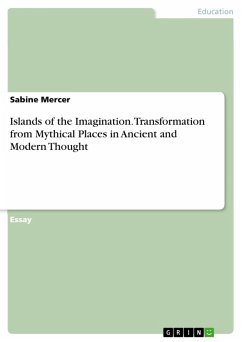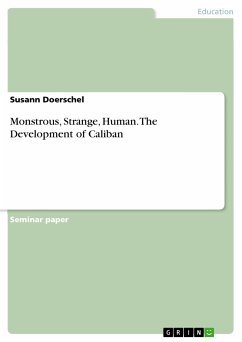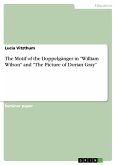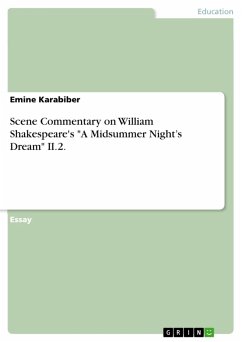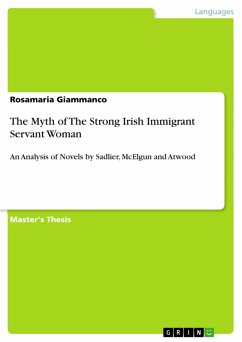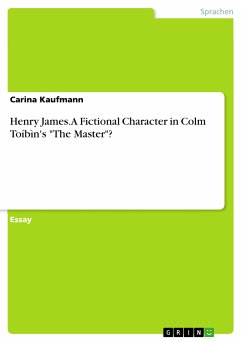Studienarbeit aus dem Jahr 2010 im Fachbereich Didaktik für das Fach Englisch - Literatur, Werke, Note: 2,0, Universität Potsdam (Anglistik & Amerikanistik), Veranstaltung: Shakespeare's Later Comedies & Problem Plays , Sprache: Deutsch, Abstract: In 1492, Christopher Columbus first landed on the American continent. This event marks the beginning of its conquest by the Europeans. Some people celebrated the sailor as a hero; others assessed him as a power-hungry and dispiteous conqueror. Many indigenous people were oppressed, enslaved and eradicated by the following European settlers (Karras and McNeill 7). By the time William Shakespeare wrote The Tempest in 1611, the English were accustomed to unimaginable stories about voyages abroad. Therefore, colonisation and exploration of the unknown islands continued to be frequent topics of conversation, heated-up by the many returning travellers. One of these stories circulated around the 'Sea Adventure', a flagship carrying Admiral George Somers and his crew that disappeared and was presumed lost at sea. Unbelievably, almost a full year later in the end of May, 1610, two pinnaces appeared at Jamestown carrying the staff and passengers from the 'Sea Adventure'. The ship had - by force of a tempest - crashed on the island of Bermuda, which had - in contrast to its reputation as dangerous 'Isle of Devils' - a plenty of food and shelter. The stranded built their new sailing ships and completed their voyage to Jamestown (Müller, 343). Seeing the similarities between this incident and the rough plot of Shakespeare's The Tempest, one could assume that the author got inspired by these stories to write a play, which broaches the issue of the conquest of the New World. In dealing with the recurrent motif of the master-servant relationship, I will prove that The Tempest can be perceived as a play about colonialism and subjugation. After an elaborate part about the motif, I will detail the traits of the main figures of The Tempest, which allegorize the people of the colonial era. Still, it's not supposed to be a full characterisation and I will only name some facts due to the restricted number of pages, but it is much-needed to understand the individual relationships.
Dieser Download kann aus rechtlichen Gründen nur mit Rechnungsadresse in A, B, BG, CY, CZ, D, DK, EW, E, FIN, F, GR, HR, H, IRL, I, LT, L, LR, M, NL, PL, P, R, S, SLO, SK ausgeliefert werden.




